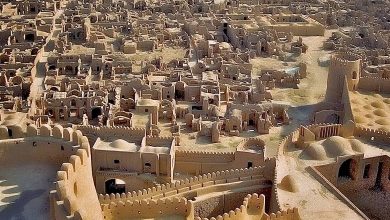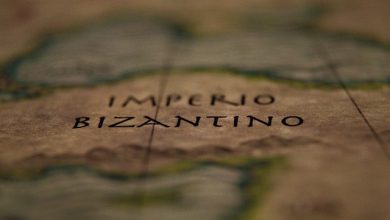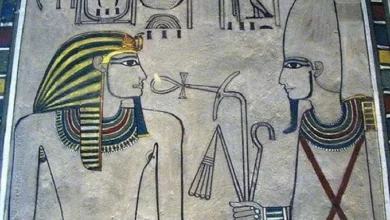Secrets of the Kingdom of Shambhala
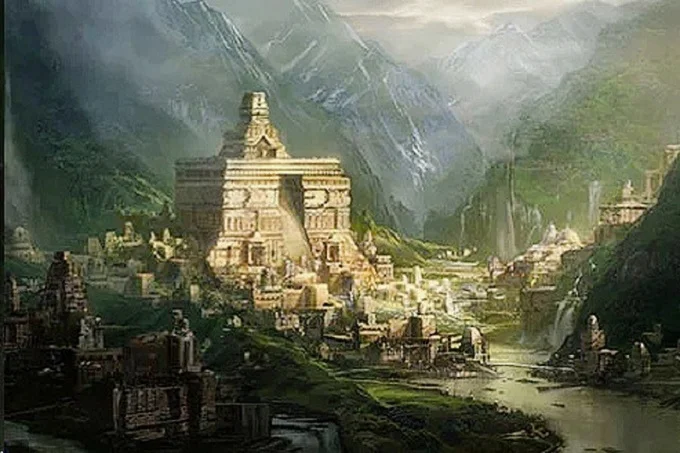
Shambhala, which means “place of peace” or “place of silence” in Sanskrit, is a mythical paradise spoken of in ancient texts, including the Kalachakra Tantra and the ancient writings of the Zhang Zhong culture, which predated Tibetan Buddhism in western Tibet. According to legend, this is a country where only purity of heart can live, where love and wisdom reign, and where people are immune to suffering, want, or old age.
They say that Shambhala is the land of a thousand names. It has been called the Forbidden Land, the Land of White Waters, Luminous Spirits, Living Fire, Living Gods, and the Land of Miracles. The Hindus call it Aryavartha (“Land of the Worth”); the Chinese know it as Si Tien, Si Van Mu’s western paradise. But throughout Asia, he is best known by his Sanskrit name Shambhala or Shangri-la. To get the latest stories, install our app here.
The legend of Shambhala is said to date back thousands of years, and references to the mythical land can be found in various ancient texts. Bon scriptures speak of a closely related land called Olmolungring. In Hindu texts such as the Vishnu Purana, Shambhala is mentioned as the birthplace of Kalki, the final incarnation of Vishnu, who will usher in a new Golden Age. The Buddhist myth of Shambhala is an adaptation of an early Hindu myth. However, the text in which Shambhala is widely discussed for the first time is Kalachakra.
Kalachakra refers to the complex and advanced esoteric teaching and practice of Tibetan Buddhism. It is said that Shakyamuni Buddha taught Kalachakra at the request of King Suchandra of Shambhala.
As with many concepts in Kalachakra, the idea of Shambhala is said to have external, internal, and alternative meanings. The external meaning is that Shambhala exists as a physical place, although only people with the appropriate karma can reach it and experience it as such. The internal and alternative meanings refer to a more subtle understanding of what Shambhala represents from the point of view of one’s own body and mind (internal), as well as during meditation practice (alternative). These two types of symbolic explanations are usually passed down orally from teacher to student.
As the 14th Dalai Lama noted during the Kalachakra empowerment in Bodhgaya in 1985, Shambhala is no ordinary country: While those who have a special affiliation may actually be able to go there through their karmic connection, however, this is not a physical place that we can actually find. We can only say that this is a pure land, a pure land in the human realm. And if a person does not have merit and a valid karmic association, he cannot come there.
Prophecy about Shambhala
The concept of Shambhala plays an important role in Tibetan religious teachings and is of particular importance in Tibetan mythology about the future. Kalachakra prophesies about the gradual destruction of mankind, when the ideology of materialism spreads over the earth. When the “barbarians” who follow this ideology unite under an evil king and think there is nothing to conquer, the fog will rise to reveal the snowy mountains of Shambhala. The barbarians will attack Shambhala with a huge army armed with terrible weapons. Then the king will come out of Shambhala with a huge army to defeat the “dark forces” and enter the global Golden Age. To get the latest stories, install our app here.
Although the Kalachakra prophesies a future war, this is contrary to the vows of Buddhist teachings that forbid violence. This has led some theologians to interpret the war symbolically – Kalachakra does not advocate violence against humans but rather refers to the religious practitioner’s inner battle against inner demonic tendencies.
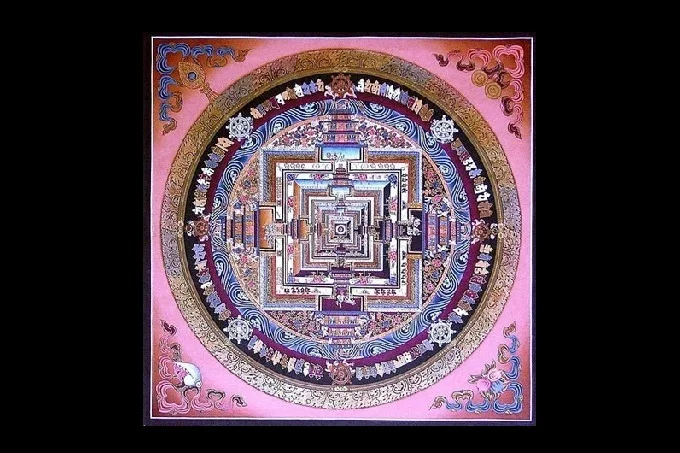
The Hidden location of Shambhala
For many centuries, numerous explorers and seekers of spiritual wisdom have undertaken expeditions and searches in search of the mythical paradise of Shambhala, and although many have claimed to have been there, no one has yet provided any evidence of its existence or been able to pinpoint its physical location on a map. However, most sources mention Shambhala in the mountainous regions of Eurasia. To get the latest stories, install our app here.


